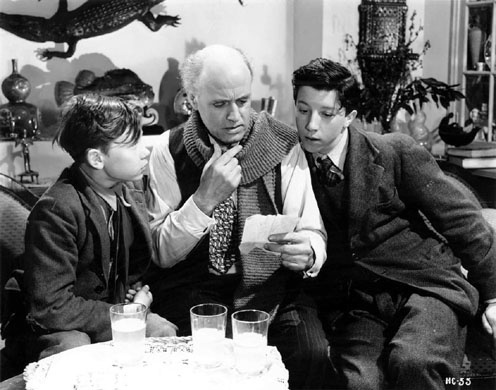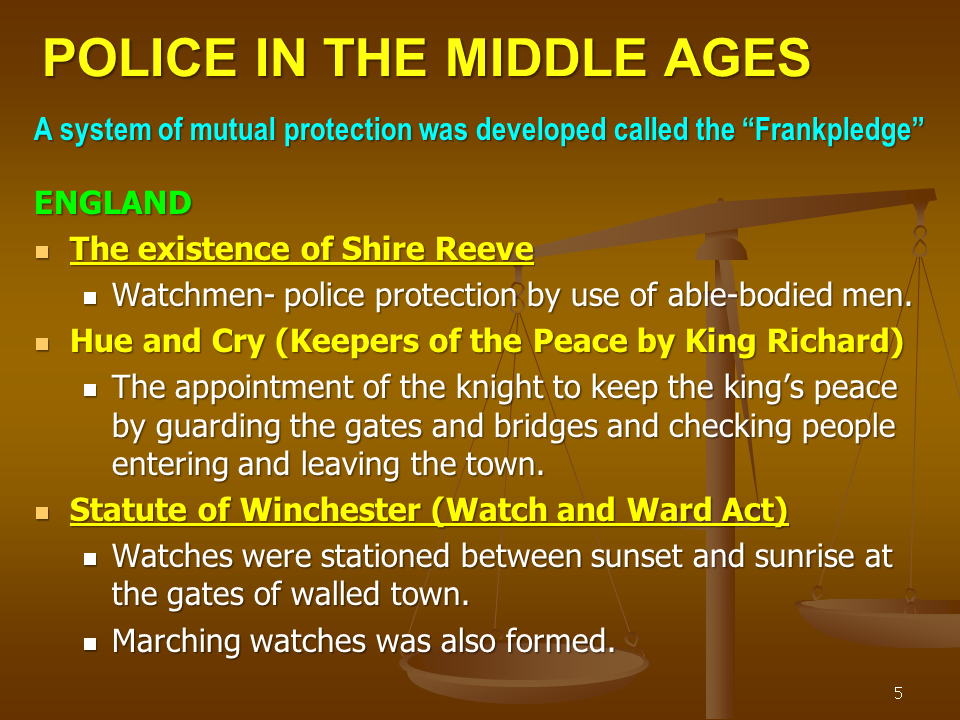

He shows us Apelles’ portrait of Campaspe (on an oval canvas), which bears no resemblance to what we must imagine Hellenistic portraiture to have been like.

Tiepolo depicts the artist with an ample palette, dotted with the colours he, Tiepolo, must have used to paint this very picture. Still, Guercino had a more vivid feeling for historical change than did Tiepolo, who shows the legendary painter Apelles, painting Campaspe – the mistress of Alexander the Great. It was as if only artistic representation has a developmental history, and not the materials of the artist, which are taken for granted as having been much the same in the era of Christ’s infancy as they were in the 17th century. He is shown with palette and brushes, painting in oils on a panel perched on an easel, very much in the way in which Guercino himself must have painted the picture that we see. But filled though Guercino’s painting is with a certain sense of history, his imagination failed him when it came to St Luke’s studio. One almost feels that there is a bit of boasting on Guercino’s part: if only the angel could step outside the painting and look at what Guercino had achieved, then he (or she) might see how far the art of painting had progressed since the time of St Luke. Guercino was enough of an art historian to know that nothing St Luke could have painted would bear serious comparison with what a 17th-century master could achieve in terms of realism, so he invented a sort of archaic style with which to represent the painting of which St Luke was so affectingly proud. An angel is shown marvelling at the image, sufficiently persuaded by its likeness that he (or she) spontaneously reaches out to touch the Madonna’s garment. An ancient folk etymology understood it as "to call for the help of the Quirites," the Roman constabulary.There is a painting by Guercino of St Luke displaying, with a gesture of triumphant accomplishment, a painting he has just executed of the Madonna and Child. This is itself of uncertain origin, perhaps from Latin queror through the form, though the phonetic and semantic developments are difficult to trace alternatively, a variant of quirritare ( “ to squeal like a pig ” ), from *quis, an onomatopoeic rendition of squeaking. Cognate with Saterland Frisian kriete, Dutch krijten and krijsen ( “ to shriek ” ), German Low German krieten, German kreißen, Gothic 𐌺𐍂𐌴𐌹𐍄𐌰𐌽 ( kreitan ), further Indo-European cognates: Latin gingrītus, Middle Irish grith, Welsh gryd, Persian گریه ( gerye ), Sanskrit क्रन्दन ( krandana ).Īn alternate etymology connects the Medieval Latin word to quiritō ( “ to wail, shriek ” ). The origin of the Old French (and Middle Latin) word is uncertain, if Germanic, it is from Frankish *krītan ( “ to cry, cry out, publish ” ), from Proto-Germanic *krītaną ( “ to cry out, shout ” ), from Proto-Indo-European *greyd- ( “ to shout ” ).

The noun is from Middle English crie, from Old French cri, crïee. The verb is from Middle English crien (13th century), from Old French crier ( “ to announce publicly, proclaim, scream, shout ” ) (whence Medieval Latin crīdō).


 0 kommentar(er)
0 kommentar(er)
